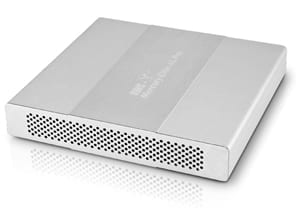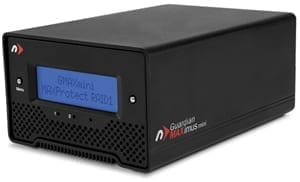

Ever since we released the OWC Mercury Extreme Pro SSDs a little over a year ago, we’ve talked a lot about the dramatic impact it has on performance. We’ve shown several video shootouts, had many third party reviews, and even had an in-depth dissection on its performance. I think it would be safe to say we’ve given substantial evidence to backup those claims of speed improvement.
What we haven’t talked about much, however, is how much less power our SSDs use when compared to a standard hard drive.
The fact that SSDs use less power than their platter-based counterparts isn’t all that hard to understand. After all, an SSD need only read data from flash memory, while a platter-based drive has to spin a metal disk (or disks) at 4200-10,000rpm and move an actuator arm, resulting in a greater power draw. The practical upshot of this is that an SSD-equipped machine will not only run faster than an identical one running off a platter-based drive, but will also do so while using considerably less energy. While this is great in a desktop machine, where this really makes an impact is in a laptop, where every little bit of energy conservation will extend battery run time.
This also applies to external, bus-powered devices. The less power it draws, the longer you can run it off your laptop without the need for a power adapter. This makes bus-powered dual-drive enclosures with SSDs inside, such as the OWC Mercury Elite-AL Pro Dual mini or the NewerTech Guardian MAXimus mini, an even even better portable storage solution.
This is such a important point that Lloyd Chambers of Mac Performance Guide highlighted it in his in-depth review of our dual-drive enclosures. While the entire article is a good read, the section about power draw really drives home the point about the power efficiency of solid state drives…whether at idle or during use.
I highly recommend you check it out.







